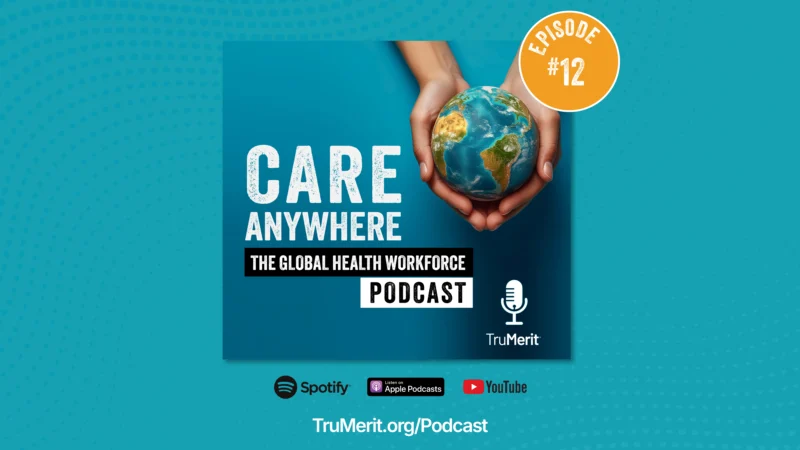What is Carevive STAIRS and how does it impact patients and care teams?
Maddie Herzfeld, one of the co-founders of Carevive, excitedly announces the launch of Carevive STAIRS – the first-ever computerized cancer symptom pathways designed specifically for oncology nurses.
As an oncology nurse herself for the past 25 years, Maddie takes immense pride in this innovative product that empowers nurses to work at the top of their license. Carevive STAIRS, developed with input from expert oncology nurse panels across the country, enables early symptom detection and proactive management using the latest evidence, thereby preventing treatment disruptions and hospitalizations.
The product’s development was supported by the National Cancer Institute, and Carevive extends gratitude to the dedicated oncology nurses and their exceptional team who brought this groundbreaking tool to life. To see the difference Carevive STAIRS can make in your cancer program, reach out to their sales team for a demo. Get ready to elevate your patient care with Carevive STAIRS!




